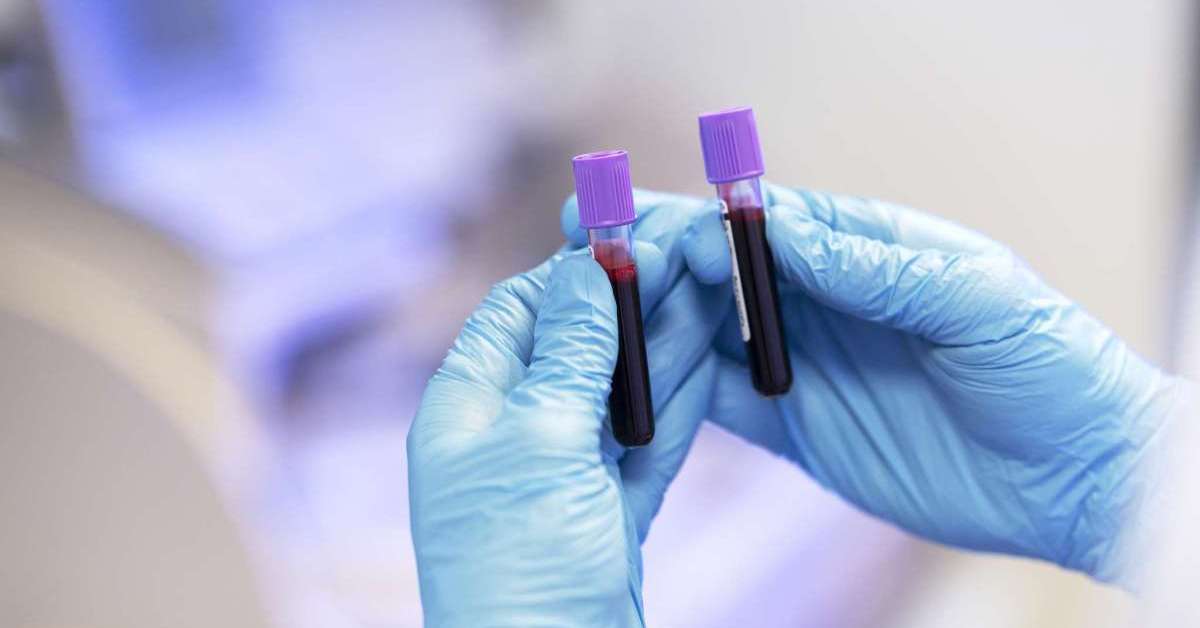
Arterial Blood Gas (ABG) Test Explained: Procedure, Normal Values & Interpretation
An arterial blood gas (ABG) test is a vital diagnostic tool that measures the levels of oxygen, carbon dioxide, and blood pH — providing invaluable insight into lung function and acid-base balance. Whether you’re a patient preparing for the test or a family member seeking clarity, this guide will walk you through everything you need to know.
What Is an Arterial Blood Gas Test?
An ABG test analyzes a small sample of arterial blood — usually drawn from the wrist — to assess how well your lungs are oxygenating blood and removing carbon dioxide, as well as how your kidneys and buffers are managing the body’s acid-base balance.
Definition and Purpose
-
Purpose: Evaluate respiratory function and metabolic status.
-
Key Measurements: pH (acidity), PaO₂ (arterial oxygen pressure), PaCO₂ (arterial carbon dioxide pressure), HCO₃⁻ (bicarbonate), and O₂ saturation.
Indications for ABG Testing
Common Clinical Indications
-
Respiratory distress (e.g., COPD exacerbation, asthma attack)
-
Suspected acid–base disorders (metabolic acidosis/alkalosis)
-
Monitoring ventilated patients in the ICU
-
Assessment before major surgery in patients with lung or heart disease
Preparation and Procedure
Patient Preparation
-
Explain the procedure and obtain consent.
-
Avoid nicotine or caffeine 30 minutes prior, as they can alter respiratory rate.
-
Ensure hemodynamic stability (blood pressure and circulation adequate).
Performing the ABG Sample Collection
-
Site selection: Radial artery is preferred (Allen’s test first to confirm collateral circulation).
-
Skin antisepsis to reduce infection risk.
-
Needle insertion at a 45° angle into the artery, drawing 1 mL of blood.
-
Apply pressure for at least 5 minutes (longer if on anticoagulants).
-
Label and transport sample on ice to the lab within 15 minutes.
Understanding Normal ABG Values
| Parameter | Normal Range |
|---|---|
| pH | 7.35 – 7.45 |
| PaO₂ | 80 – 100 mm Hg |
| PaCO₂ | 35 – 45 mm Hg |
| HCO₃⁻ | 22 – 26 mEq/L |
| O₂ Saturation | 95 – 100 % |
Why These Values Matter
-
pH: Overall acid–base status
-
PaO₂: Efficiency of oxygen uptake
-
PaCO₂: Respiratory component of acid–base balance
-
HCO₃⁻: Metabolic component of acid–base balance
Interpretation of ABG Test Results
Acid–Base Disorders
-
Acidosis vs. Alkalosis: pH <7.35 indicates acidosis; pH >7.45 indicates alkalosis.
-
Primary vs. Compensation: Determine whether the disturbance is respiratory (PaCO₂) or metabolic (HCO₃⁻).
Respiratory vs. Metabolic Imbalances
-
Respiratory acidosis: Elevated PaCO₂ (e.g., COPD flare).
-
Metabolic acidosis: Low HCO₃⁻ (e.g., diabetic ketoacidosis).
-
Mixed disorders: Both components abnormal—requires careful analysis.
Risks and Complications
-
Arterial spasm or thrombosis at puncture site
-
Hemorrhage or hematoma if pressure application is inadequate
-
Infection (rare with proper aseptic technique)
Conclusion
The arterial blood gas (ABG) test is an indispensable tool for diagnosing and managing respiratory and metabolic disorders. Familiarity with the procedure, normal values, and interpretation can empower you to engage more effectively with your healthcare team.
Resources:
-
Mayo Clinic – Arterial Blood Gas Test:
https://www.mayoclinic.org/tests-procedures/arterial-blood-gas/about -
American Association for Respiratory Care – ABG Analysis
-
National Heart, Lung, and Blood Institute – Blood Gas Analysis:
https://www.nhlbi.nih.gov/health-topics/blood-gas-analysis



